Know your Plant
- Has graceful, drooping fronds.
- Can grow upto 3 feet tall.
- Evokes feeling of peaceful tranquillity.
Benefits
- Effective in removing toxins from the air, specially formaldehyde and alcohols.
- High transpiration rate makes it one the best natural humidifies.
- Increases daytime oxygen.
Plant Essentials
Light
Tolerant of wide range of light conditions (Semi-sun to semi-shade)
Temperature
Room temperature is ideal (18-24°C). Avoid cold drafts
Water
Keep continuously moist, do not let it dry out. Regular misting is required . Never allow the root ball to dry completely.
Media
In standard containers, a humus – rich potting soil or soilless mix is best. If grown in Hydroculture, less frequent watering is required.
Fertiliser
Apply diluted liquid fertiliser as long as it is producing new fronds.
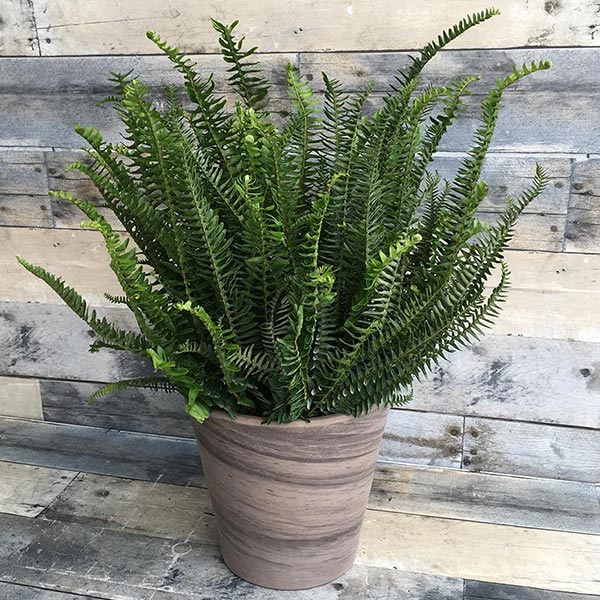
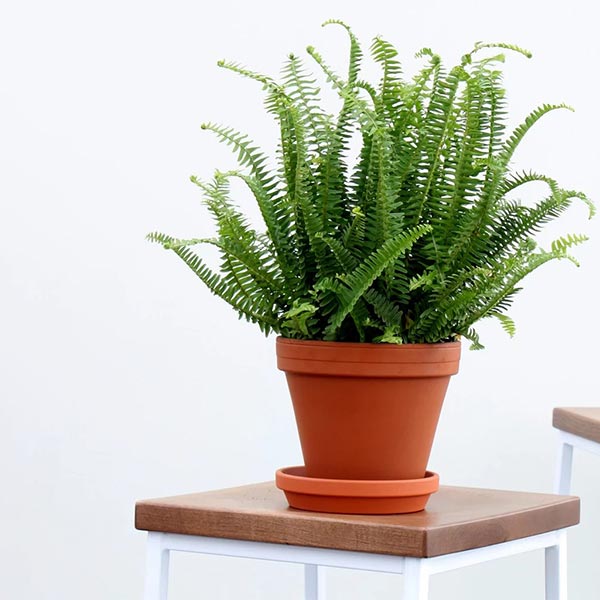
Potting
In standard containers. Repot when root bound.
Other Tips/ Info
During repotting, divide the root mass to propagate. Remove old or discolored fronds.
Preferred Pot Size
4-6 inches
Maximum Height
3 feet
Approx. Spread
4 feet
5/5
(1 Review)

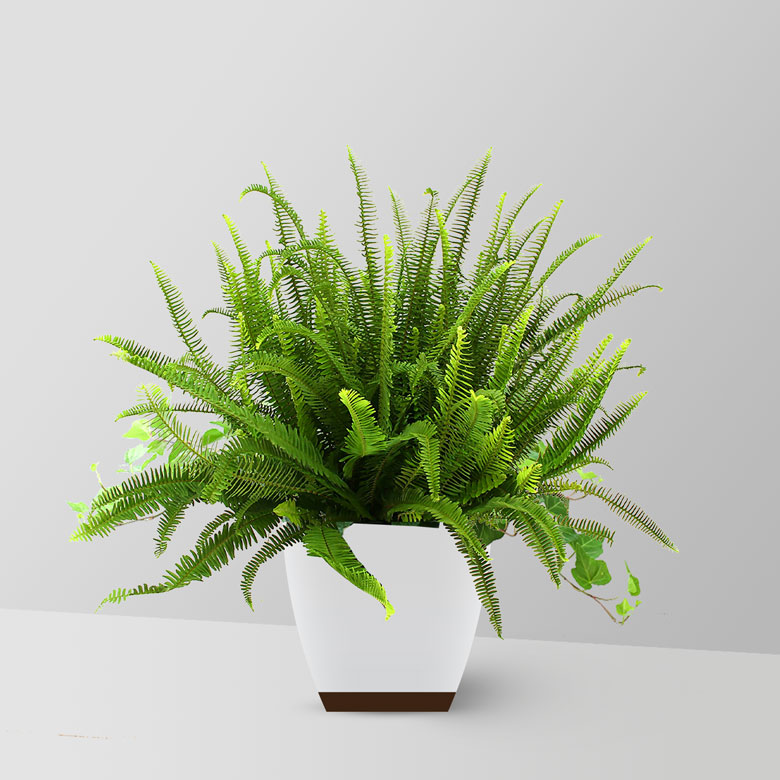
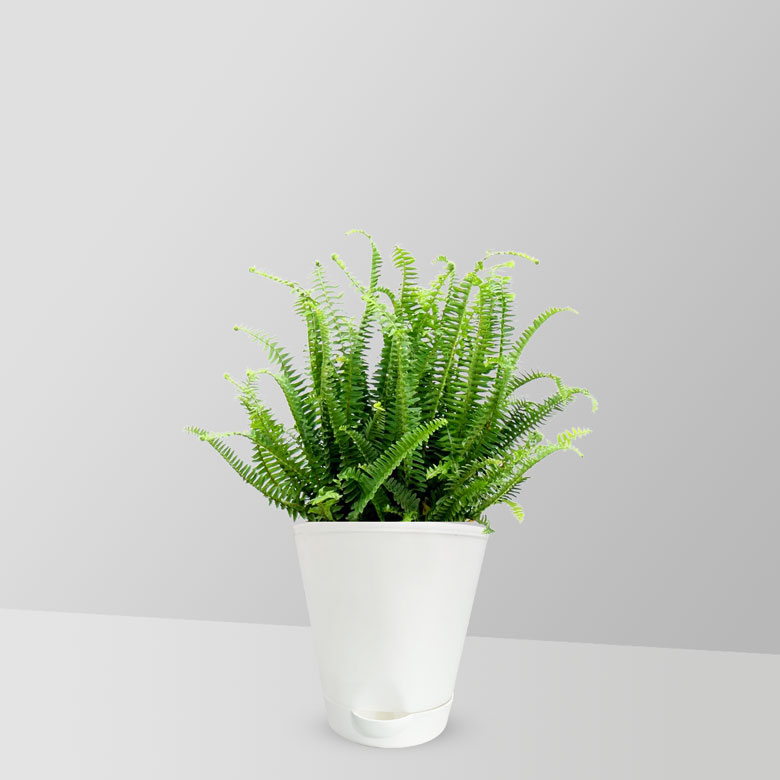
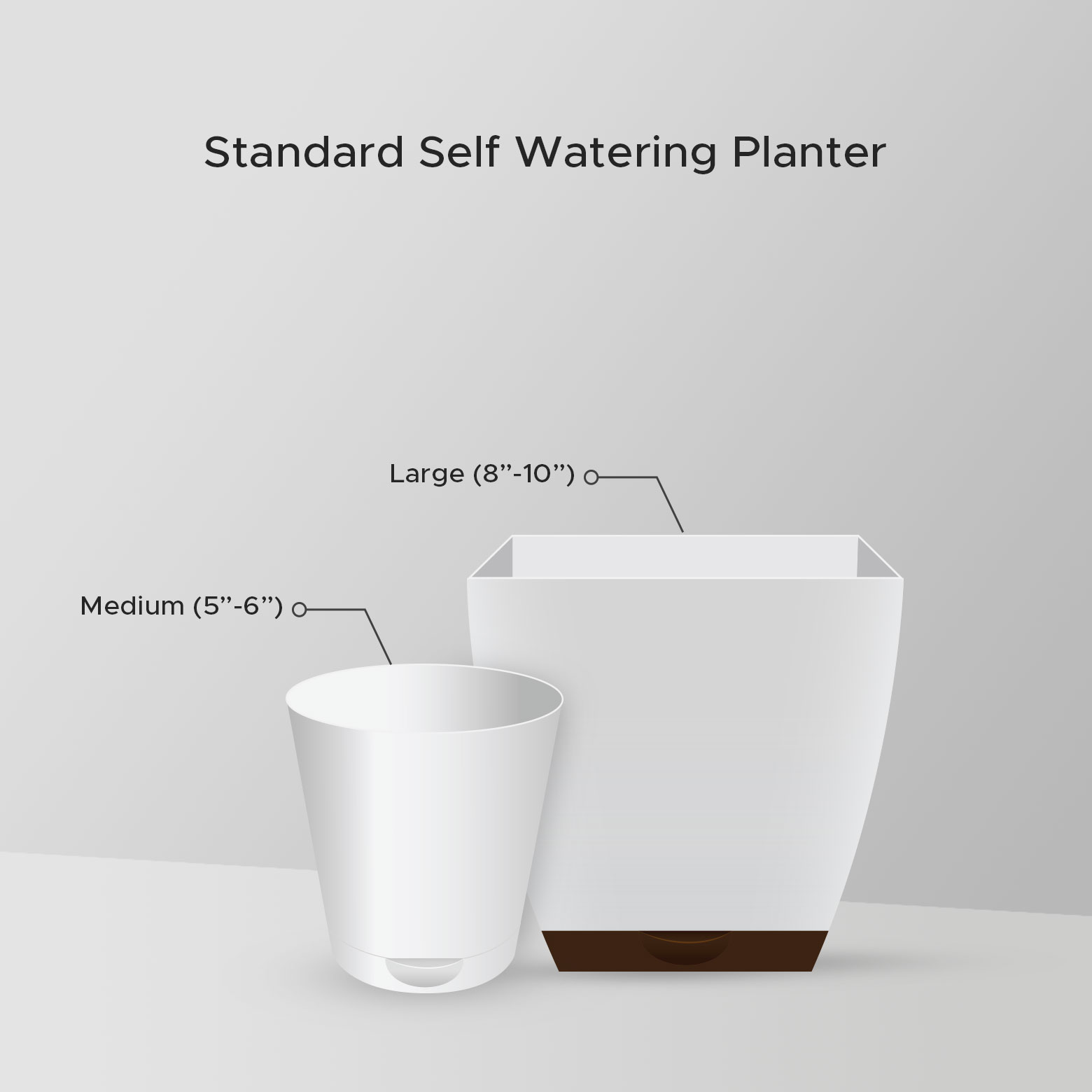
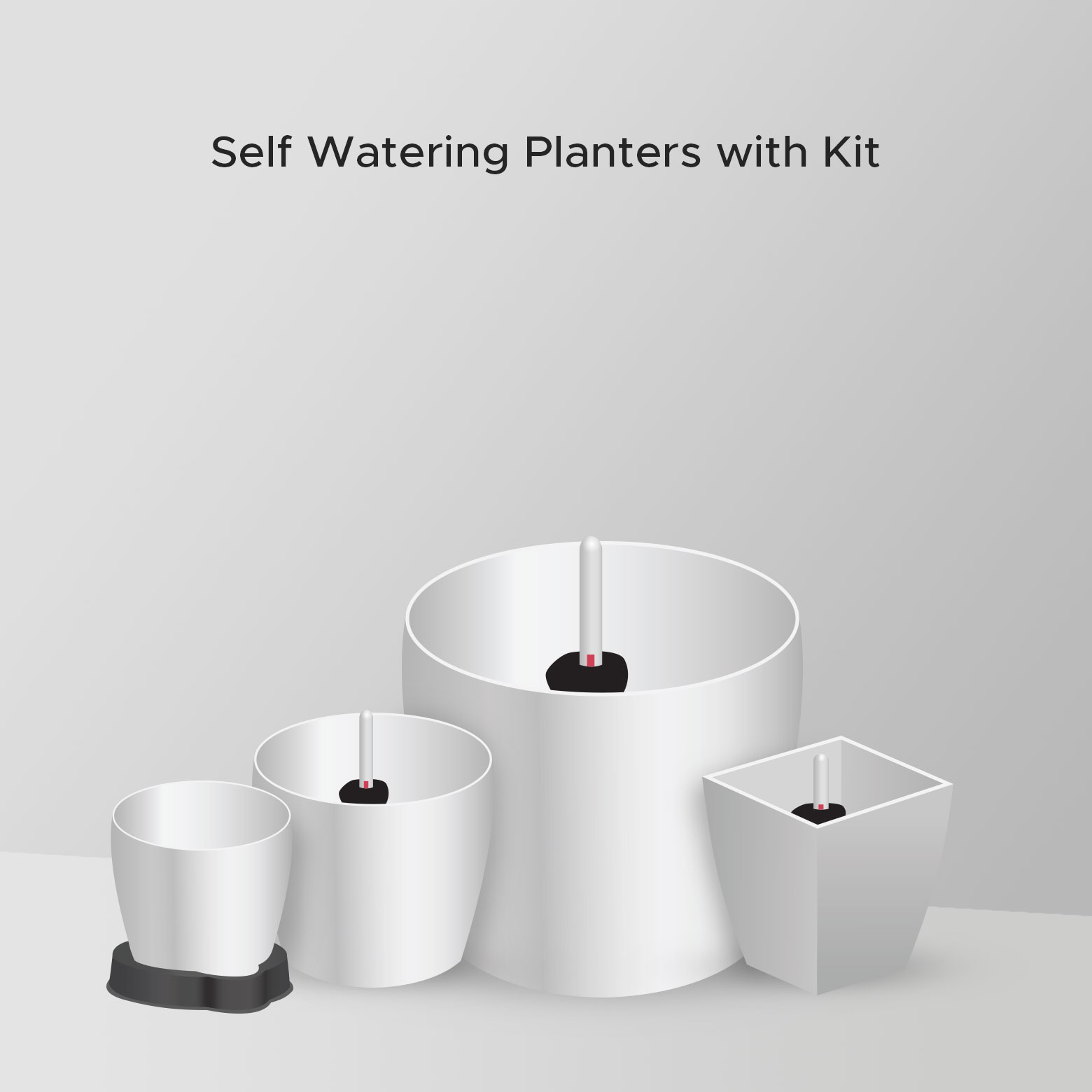
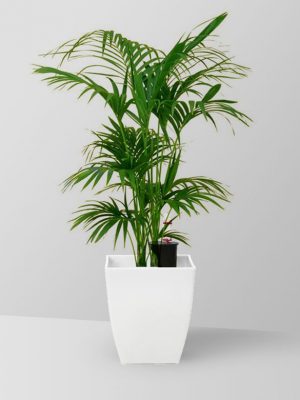
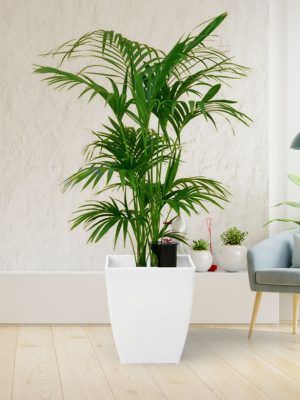
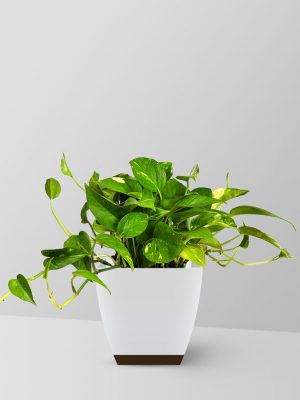
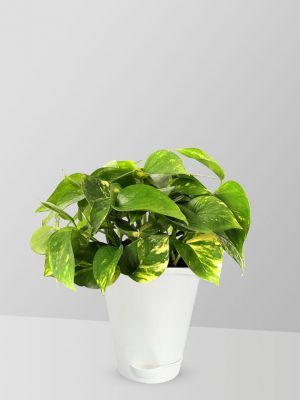
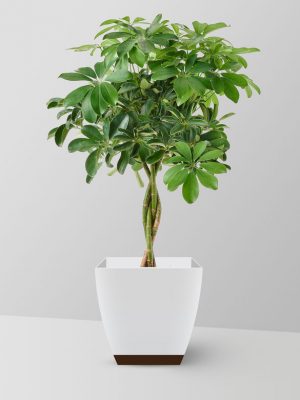
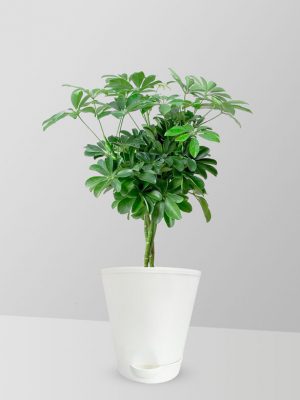
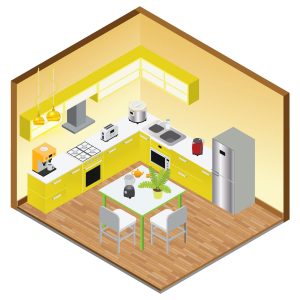

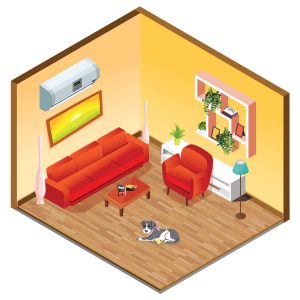
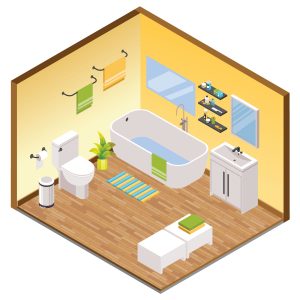
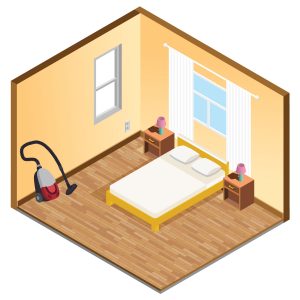
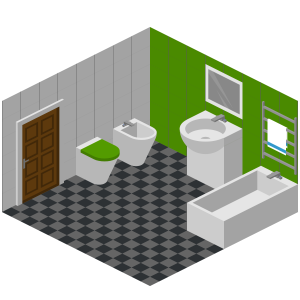

1 review for Kimberley Queen
There are no reviews yet.